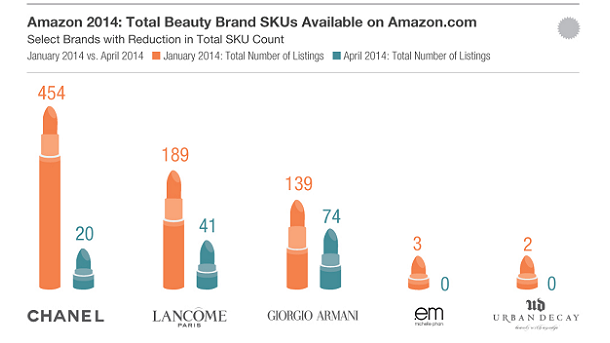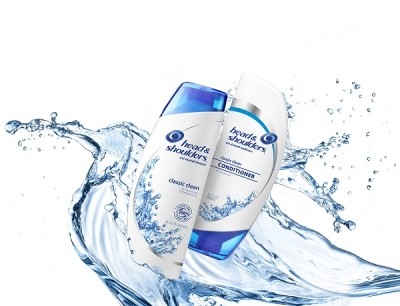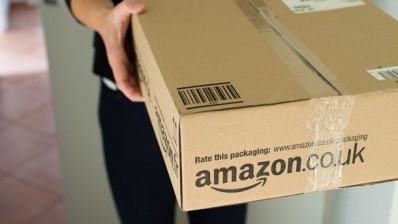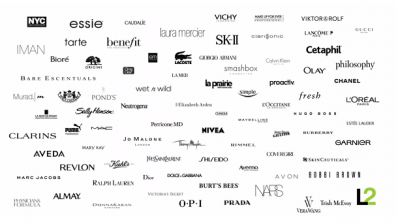Beauty brands would do well not to underestimate the power of Amazon

Consumer packaged goods (CPG) is Amazon’s fastest growing category, and with more than 170 million active customers (spending money, not users) the platform has been there for a while for beauty brands to grab a slice of the action.
Amazon also has the ability to personalize each customer’s experience, suggesting other items they might enjoy and what other’s purchasing an item also bought, which gets users to spend and brands to advertise.
Review influence
Online reviews and other’s influence have become the internet’s word-of-mouth, and increasing the quantity of product reviews is one of the main components of a sound Amazon strategy, according to digital marketing company L2 ThinkTank.
The New York-based company says that products with reviews have 12.5% higher conversion rate than ones without, and reviews influence 90% of purchases. A high quantity of reviews positively affects Amazon’s search algorithm; improving brand visibility.
For the personal care industry this is particularly good news as these brands have the highest number of reviews per listing.
In L2’s Amazon Insight Report: CPG, it finds that 64% of home care and personal care brand listings are populated with reviews.
Johnson & Johnson were highlighted as the best brand, as it had the most products with 100+ reviews as well as the least products with less than 25 reviews.
Distribution
L2’s Intelligence Report on Amazon also highlights how brands have little choice on whether and how widely they are sold on the retail platform; and actually, those not officially selling through Amazon were distributed more widely than brands that did.
This leaves beauty brands with two options: list their products on the e-tailer, or leave that option to third-party sellers.
L2 says the latter option entices many brands to become official Amazon distributers, since Amazon does not filter third-party sellers for authenticity, price, or fulfillment standards.
By doing so, brands such as Chanel, Lancôme, and Giorgio Armani, among others, have cut the number of SKUs available on the platform to less than a third.
The report found the total number of (third-party) Chanel products on Amazon decreased from 454 to 20. Lancôme SKUs decreased from 189 to 41 and Giorgio Armani beauty SKUs decreased from 139 to 74.
Furthermore, the study found that unrestricted third-party listing did not apply to all brands. For example listing a brand such as Chanel was restricted, while listing of Urban Decay cosmetics was partially allowed at the time of the study.









